Support Request Form

Using this Support Request Form streamlines the process of reporting and resolving issues, ensuring a more efficient and organized experience for both requesters and support teams. By providing structured fields for detailed issue descriptions, attachments, and priority levels, the form helps in accurately capturing relevant information, thereby reducing the need for back-and-forth communications. This allows the support team to quickly assess and categorize the request, leading to faster and more effective resolutions.
Moreover, the inclusion of fields for device information, error messages, and previous troubleshooting steps enables the support team to gain a comprehensive understanding of the problem right from the start. With options to indicate the scope of impact and preferred resolution times, the form also prioritizes urgent matters appropriately. By confirming the accuracy of the provided information and agreeing to support terms, users can rest assured that their requests will be handled professionally and promptly. This streamlined approach ultimately enhances user satisfaction and operational efficiency.
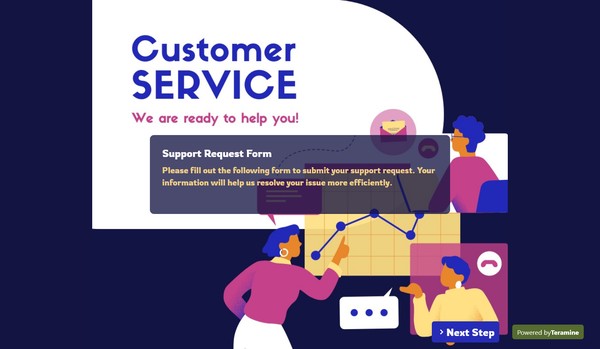
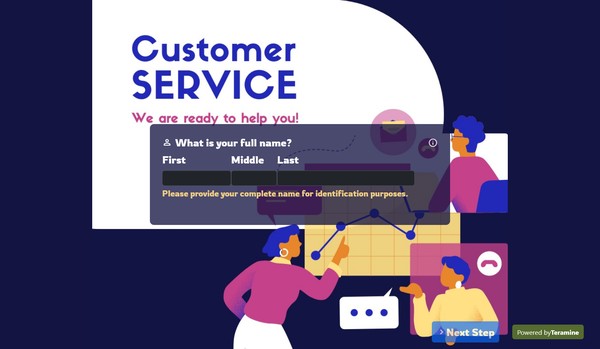
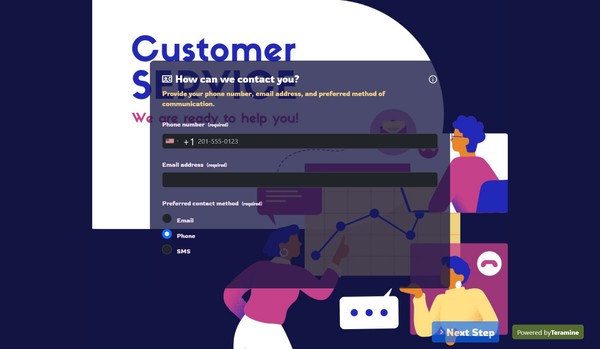
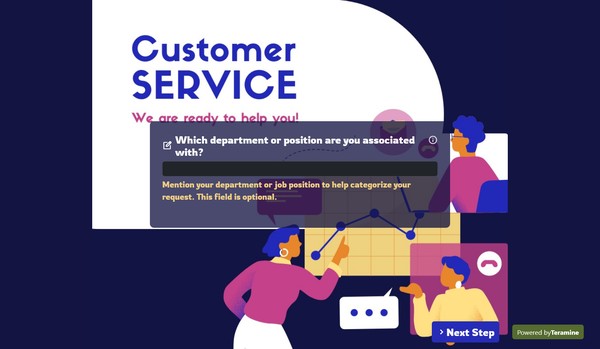
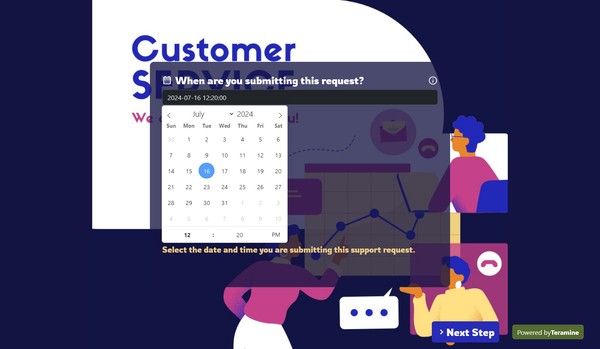
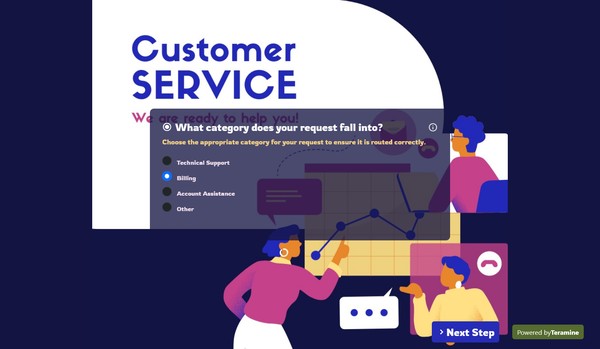
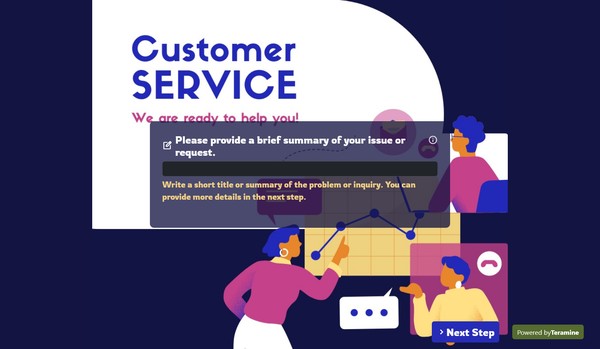
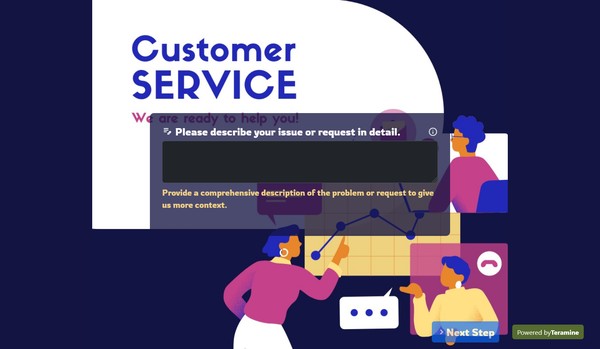
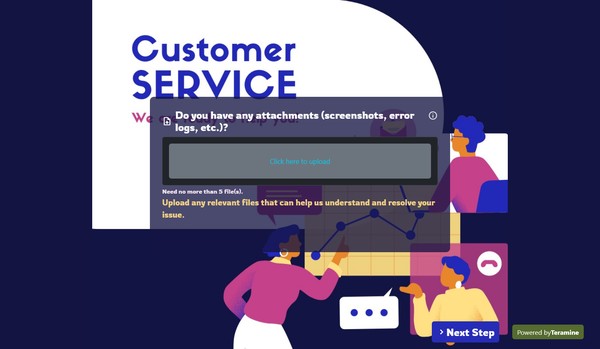
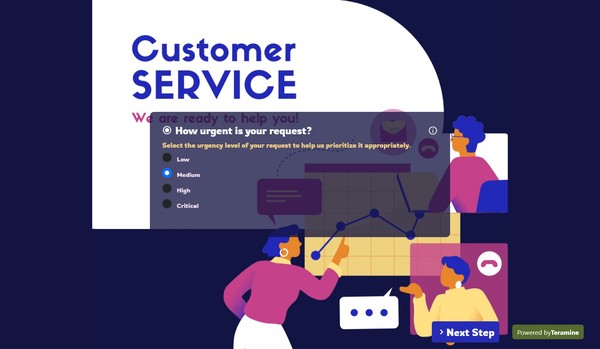
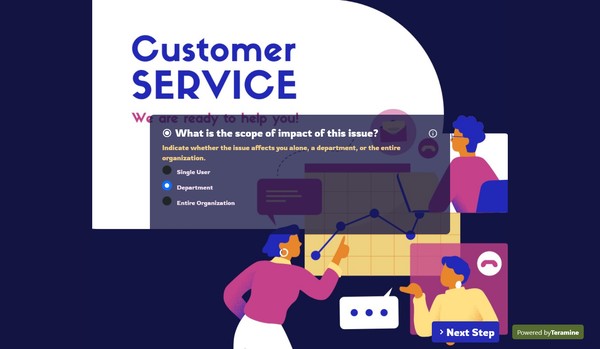
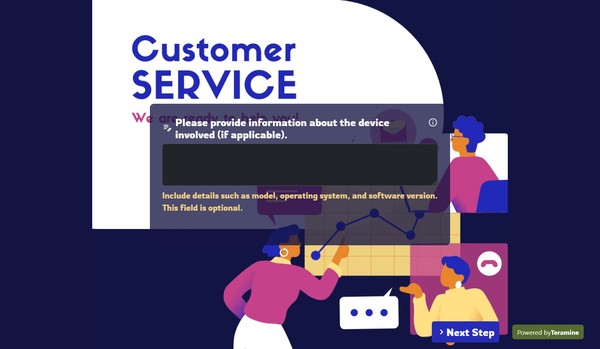
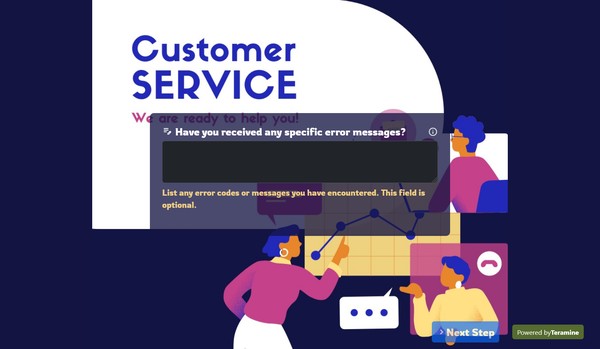
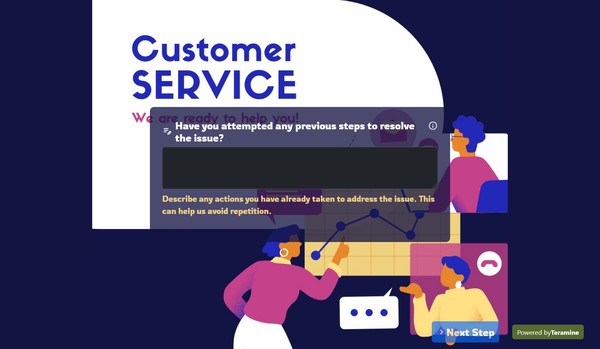
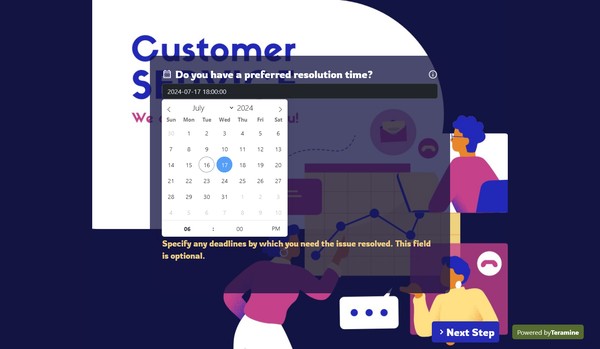
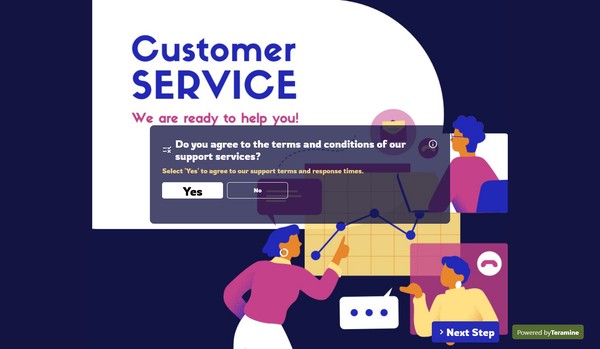

Support Request Form FAQs
A Support Request Form is a structured document or digital interface utilized by organizations to gather information from users or clients who require assistance or support. This form typically includes fields for essential details such as the requester’s contact information, the nature of their issue or inquiry, and any relevant background information that can aid in resolving the problem efficiently.
The purpose of the Support Request Form is to streamline the communication process between clients and support teams, ensuring that requests are logged accurately and prioritized appropriately. By capturing specific details upfront, organizations can enhance response times, improve service quality, and facilitate better resource allocation.
This form can be implemented in various contexts, including technical support, customer service, and internal HR queries, demonstrating its versatility in supporting operational efficiencies.
A well-structured Support Request Form is essential for efficiently gathering information and addressing customer needs. Below are key components that should be included in the form:
Contact Information:
- Name
- Email Address
- Phone Number (optional)
- Company Name (if applicable)
Request Details:
- Subject/Issue Title: A brief summary of the issue.
- Description of the Issue: A detailed explanation of the problem, including any relevant background information.
Priority Level:
- Urgency (e.g., Low, Medium, High, Critical): Allows support teams to prioritize requests effectively.
Category of the Request:
- Dropdown or checkbox options for categorizing the issue (e.g., Technical Support, Billing Inquiry, Product Feedback).
Attachments:
- Option to upload relevant files, screenshots, or documentation to provide context for the issue.
Steps Taken:
- Text field for the user to describe any troubleshooting steps they have already tried.
System Information (if applicable):
- Device Type (e.g., PC, mobile, tablet)
- Operating System and Version
- Application Version (if applicable)
Preferred Resolution Method:
- Options for how the user prefers to be contacted (e.g., Email, Phone, Live Chat).
Consent and Acknowledgment:
- A checkbox for users to confirm they agree to the terms of service and consent to data collection related to their request.
Captcha Verification:
- To prevent spam submissions, implement a verification mechanism.
Including these elements will help ensure that support teams can assess and respond to requests efficiently, ultimately enhancing the customer service experience.
Utilizing a Support Request Form offers several advantages that can enhance the efficiency and effectiveness of customer service operations. Here are key benefits to consider:
Structured Information Gathering: A Support Request Form standardizes the information collected from users, ensuring that all necessary details are captured systematically. This reduces the likelihood of missing critical information that could delay resolution.
Improved Response Time: By having a clear format for submissions, support teams can quickly assess and prioritize requests. This streamlining results in faster response times and enhances overall customer satisfaction.
Centralized Data Management: Submitting requests through a standardized form allows for better tracking and management of support queries. This centralization aids in maintaining an organized database that can be easily referenced for follow-ups or reporting.
Enhanced Communication: A well-designed form can clarify the type of information needed from the customer, which minimizes back-and-forth communication. This leads to more efficient interactions and a better understanding of customer needs from the outset.
Prioritization of Issues: Support forms can incorporate fields for urgency and impact, enabling teams to prioritize critical issues effectively. This ensures that high-priority requests receive immediate attention, aligning support efforts with business objectives.
Performance Metrics and Reporting: The data collected through Support Request Forms can be analyzed to identify trends, track response times, and measure overall performance. This information is valuable for continuous improvement and resource allocation.
Customer Empowerment: Providing customers with a straightforward mechanism to submit requests can enhance their experience and build confidence in the support process. It empowers users to articulate their issues clearly, leading to more constructive resolutions.
Consistency in Service Delivery: Standardizing support requests helps ensure that all team members address issues uniformly, contributing to consistent service quality across the organization.
Documentation and Historical Reference: Having a formal record of support requests enables better documentation and provides a historical reference for both customers and support teams. This can be useful for future troubleshooting and understanding past issues.
Reduced Workload on Support Staff: Automating the initial data collection process through forms can reduce the administrative burden on support staff, allowing them to focus more on solving issues rather than gathering information.
In summary, implementing a Support Request Form not only optimizes the support process but also enhances the customer experience, ultimately contributing to increased customer satisfaction and loyalty.















